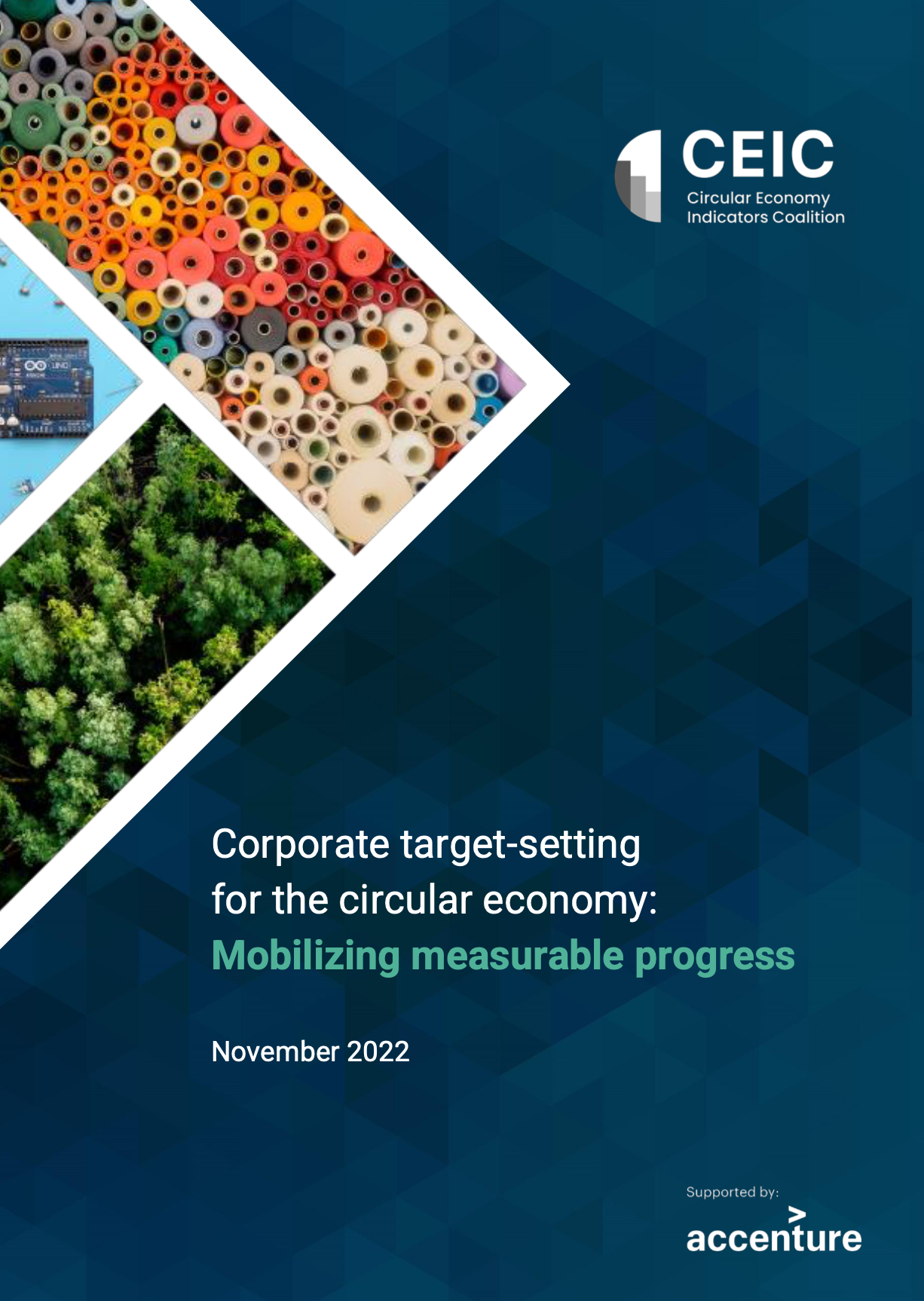Circular Economy Indicators Coalition
Location
Global
Leading Partners
PACE and Circle Economy
Ambition
-
Create an overview and provide access to increase the use of meaningful circularity indicators to measure the progress and impact of the circular economy.
-
Connect key initiatives and stakeholders, including both developers and different user groups of circular economy indicators, to facilitate exchange, improve alignment, and bridge critical gaps.
Context
Our world is only 7.2% circular. Material extraction and carbon emissions continue an upward trend. In terms of sustainability and circularity, the global engine of change is stuck in reverse; we are still heading in the wrong direction. Measuring progress, understanding the current state of play and steering towards the right direction are key when accelerating the circular economy.
However, with a variety of challenges ranging from limitation in indicator coverage to data availability and collection, the circular economy metrics field is still on its way to maturity. For indicators to be successful in supporting stakeholders guiding the transition, they must be consistent, meaningful, widely accepted, and easy to understand. PACE and Circle Economy have established the Circular Economy Indicators Coalition (CEIC) to drive harmonization and increased application of circular indicators.
In October 2020, the Circular Metrics for Business report was released and can be used as a tool to navigate the complex landscape of circularity metrics, by providing a step-by-step guide on which metrics to choose. Businesses can apply metrics to create awareness of the opportunities the circular economy brings to innovate their products among their shareholders, customers, suppliers, and employees.
In April 2021, the CEIC launched the Circular Indicators for Governments report. The report provides an in-depth analysis of public sector indicators and provides opportunities for where action can be taken. Taken together, the reports provide the first clear picture of the current state of play on how businesses and governments are approaching metrics for the circular economy.
The CEIC has created the Circular Indicators Library to help financiers and analysts identify and apply meaningful circular economy indicators. It is an overview of the latest indicators, methodologies and associated resources to measure the circular economy and related social, economic, and environmental impacts. This constantly updated collection is available online at Circle Economy’s Knowledge Hub. The library’s navigation guides users towards indicators most relevant to them through filtering criteria such as target groups or regulations. By regularly accessing the Circular Indicators Library, financiers and businesses can stay up to date with the latest developments in circularity measurement and ensure reliable monitoring of their circular activities. The library was recommended by the United Nations Environment Programme’s report as one of the sources of circularity criteria.
Partners
Accenture
Goldschmeding Foundation
Ministry of Infrastructure and Water Management
International Labor Organization
Contact
lotte.holvast@pacecircular.org





